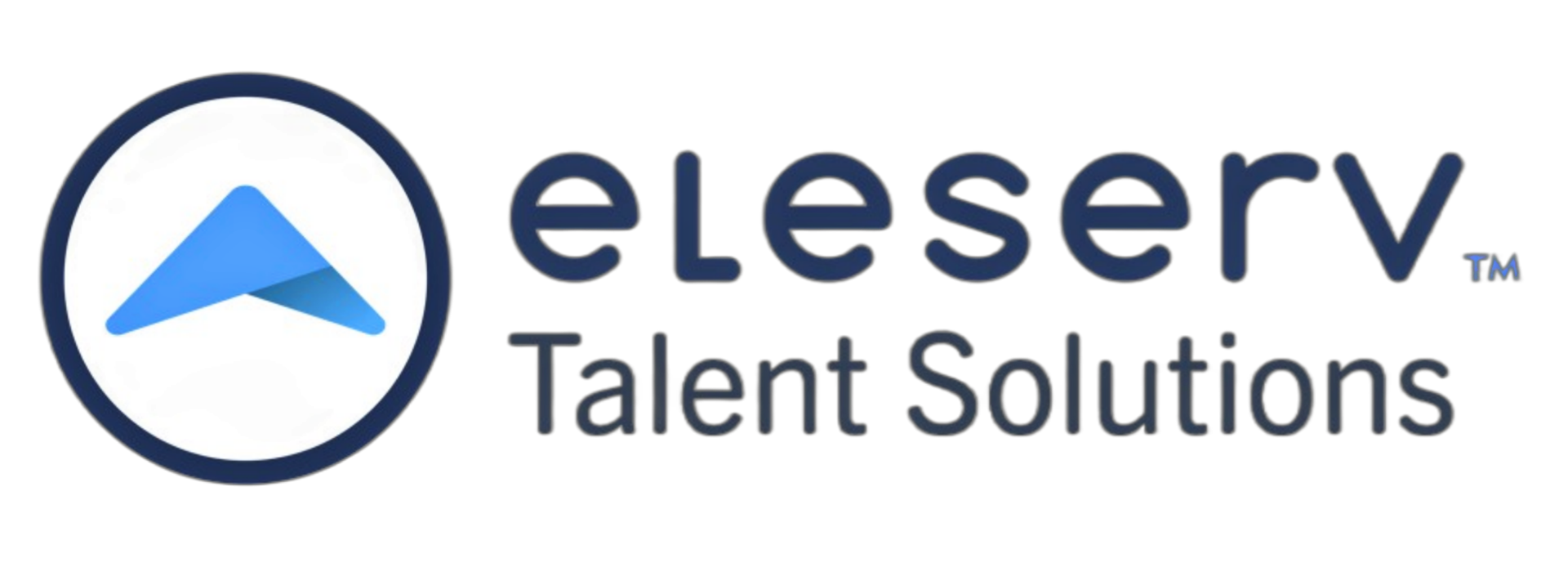Adapting Recruitment Strategies for Modern Markets
Adapting Recruitment Strategies for Modern Markets
In today’s rapidly evolving job market, traditional recruitment strategies are becoming increasingly outdated. Companies must adapt their recruitment approaches to stay competitive and attract top talent. Here are some key strategies to consider when updating your recruitment processes:
1. Embrace Technology and Automation
Technology plays a crucial role in modern recruitment. Leveraging advanced recruitment software and tools can streamline the hiring process, making it more efficient and effective. Automation can handle repetitive tasks such as resume screening, scheduling interviews, and sending follow-up emails. This not only saves time but also ensures a more consistent and unbiased approach to candidate selection.
2. Focus on Employer Branding
In a competitive job market, a strong employer brand is essential to attract high-quality candidates. Companies should actively promote their values, culture, and employee benefits through various channels, including social media, company websites, and job boards. Showcasing employee testimonials and success stories can provide potential candidates with a glimpse of what it’s like to work at your organization, making your company more appealing.
3. Leverage Social Media Recruiting
Social media platforms are powerful tools for reaching a broader and more diverse pool of candidates. LinkedIn, Facebook, Twitter, and even Instagram can be used to post job openings, share company updates, and engage with potential candidates. Utilizing targeted ads and sponsored posts can further enhance your reach, ensuring your job postings are seen by the right audience.
4. Prioritize Candidate Experience
A positive candidate experience is critical for attracting top talent. From the initial application to the final interview, every touchpoint should be seamless and respectful. Clear communication, timely feedback, and a transparent hiring process can significantly improve the candidate experience. Even candidates who aren’t selected will have a positive impression of your company, increasing the likelihood they’ll apply again in the future or refer others.
5. Emphasize Diversity and Inclusion
Diverse teams bring different perspectives and ideas, driving innovation and success. To build a diverse workforce, companies must prioritize diversity and inclusion in their recruitment strategies. This includes using unbiased language in job descriptions, ensuring a diverse interview panel, and actively seeking candidates from underrepresented groups. Implementing training programs on unconscious bias can also help create a more inclusive hiring process.
6. Utilize Data-Driven Recruitment
Data and analytics can provide valuable insights into your recruitment process. Tracking key metrics such as time-to-hire, cost-per-hire, and source of hire can help identify areas for improvement and optimize your recruitment strategy. Additionally, predictive analytics can forecast hiring needs and identify the best channels for sourcing candidates, ensuring a more proactive approach to talent acquisition.
7. Offer Flexible Work Options
The demand for flexible work arrangements has increased significantly, especially in the wake of the COVID-19 pandemic. Offering options such as remote work, flexible hours, and hybrid models can make your company more attractive to potential candidates. Highlighting these options in job postings can help you stand out from competitors and attract top talent who value work-life balance.
8. Continuous Learning and Development
Top candidates are often looking for opportunities to grow and develop their skills. Providing continuous learning and professional development opportunities can make your company more appealing. Highlighting these opportunities during the recruitment process can attract ambitious candidates who are eager to advance their careers.
9. Build Talent Pools
Building and maintaining a talent pool can significantly reduce time-to-hire and ensure you have a pipeline of qualified candidates ready to fill positions as they arise. Engaging with past applicants, passive candidates, and referrals through regular communication and updates can keep your talent pool warm and interested in future opportunities.
10. Foster a Collaborative Hiring Process
Involving multiple team members in the hiring process can lead to better hiring decisions and a more inclusive approach. Collaborative hiring not only ensures that candidates are a good fit for the team but also allows for diverse perspectives in evaluating candidates. Encouraging feedback from various stakeholders can enhance the overall hiring process and lead to more successful hires.
In conclusion, adapting recruitment strategies to the modern job market requires a blend of technology, branding, data analysis, and a strong focus on candidate experience. By implementing these strategies, companies can stay competitive and attract the best talent to drive their success.


